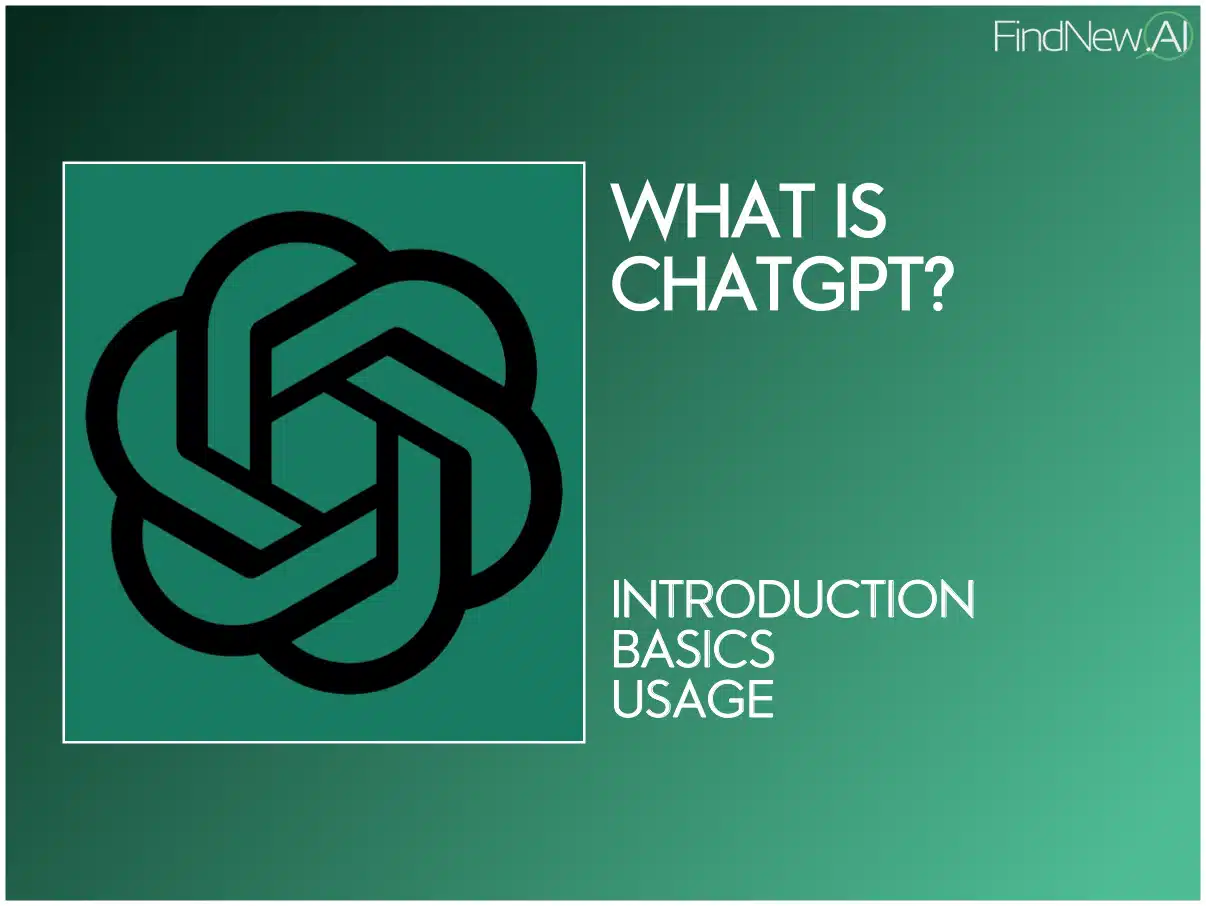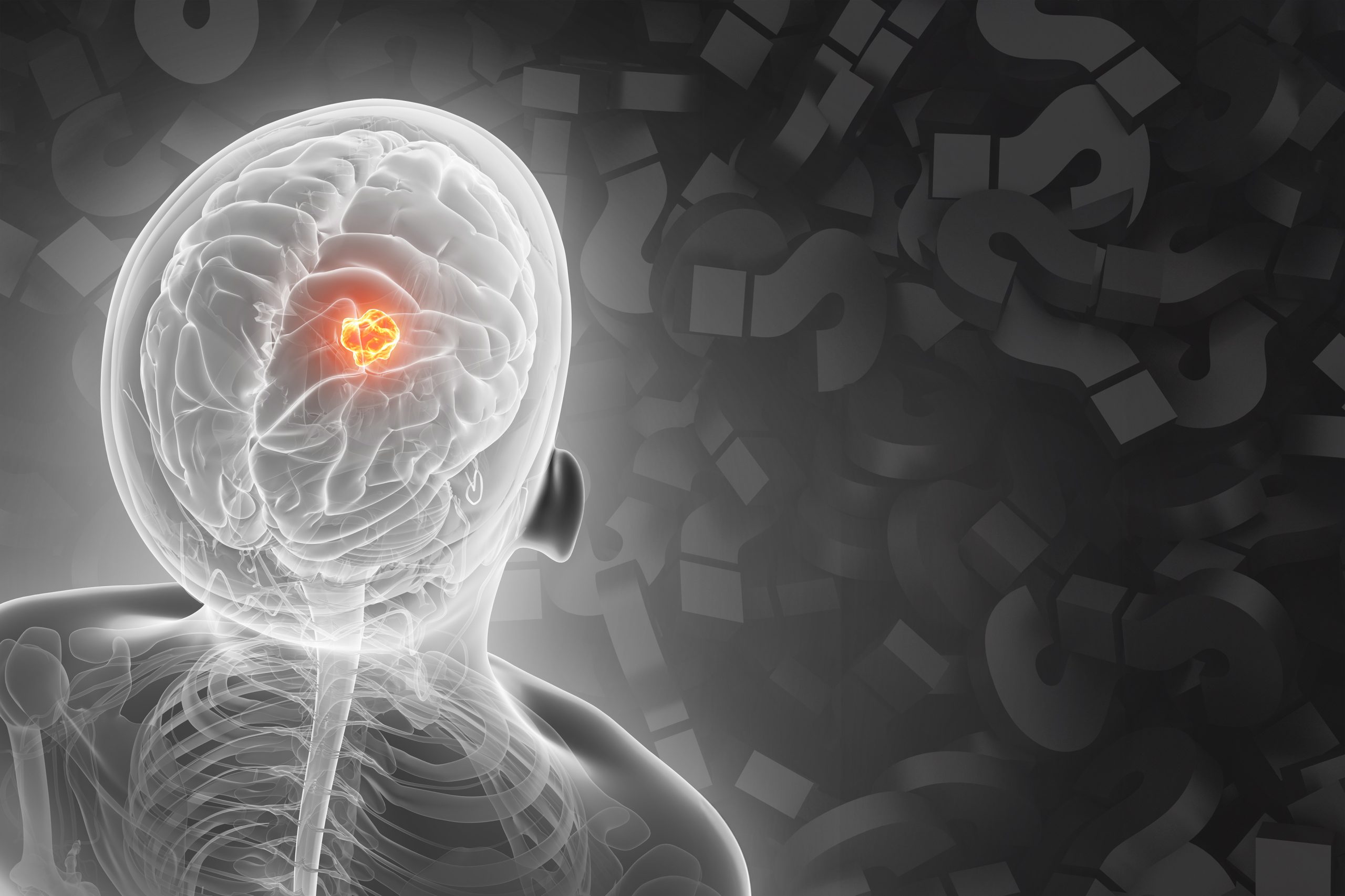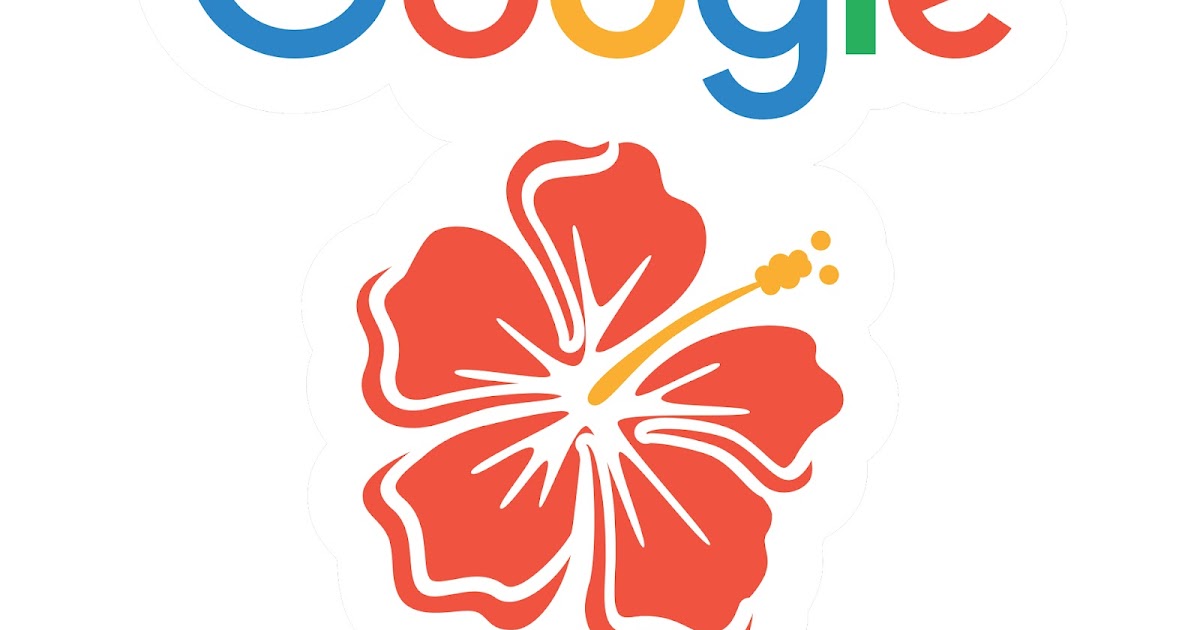We’re reader-supported. When you buy through links on our site, we may earn an affiliate commission.
As artificial intelligence (AI) and machine learning continue to advance, language models like ChatGPT have emerged as powerful tools. You can generate human-like text-based, find facts, and get answers all with the GPT-4 architecture.
In this article, I will fully explore ChatGPT, its applications, and how you can use it to your advantage.
So, let’s dive into the world of AI-driven content and communication.
What is ChatGPT?
ChatGPT is a state-of-the-art AI language model developed by OpenAI. It leverages Natural Language Processing (NLP) techniques and deep learning algorithms to understand and generate human-like text.
ChatGPT can provide contextually relevant responses and assist in various applications, from customer service automation to content creation.
GPT-4 architecture
Built on the GPT-4 architecture, ChatGPT uses a vast neural network trained on an extensive dataset of text from the internet. The model learns to predict and generate text by understanding the language’s patterns, relationships, and structures.
How to Access
Click here to access ChatGPT in a browser.
How does ChatGPT work?
Training process
The ChatGPT model is trained using a two-step process:
- Pre-training: The model is exposed to a vast text dataset to learn grammar, facts, and reasoning abilities. This phase allows the model to develop a strong foundation in language understanding.
- Fine-tuning: The model is then fine-tuned on a smaller, more specific dataset to refine its language generation capabilities, ensuring more accurate and contextually relevant responses.
Natural language understanding
ChatGPT uses Natural Language Processing (NLP) techniques to understand and process text data. The model can generate contextually appropriate responses by analyzing the structure and meaning of sentences.
AI-generated responses
The strength of ChatGPT lies in its ability to produce human-like responses. It uses deep learning algorithms to predict and generate text based on the given input, ensuring the responses are relevant, coherent, and engaging.
ChatGPT 3 vs 4
ChatGPT-4 is an improved version of ChatGPT-3, offering better performance and a more sophisticated understanding of language and context. This makes it more suitable for a wide range of applications that require advanced natural language processing.
While ChatGPT 3 is completely free, version 4 costs $20 per month to access.
There are a few key differences between the two versions.
Architecture
ChatGPT-4 is based on the more advanced GPT-4 architecture, while ChatGPT-3 is built upon the GPT-3 architecture. This results in improved performance and capabilities for ChatGPT-4 compared to its predecessor.
Model Size
ChatGPT-4 is larger and has more parameters than ChatGPT-3. This allows the newer model to understand language and context better and generate more accurate responses.
Training Data
ChatGPT-4 has been trained on more recent and diverse data, providing an updated knowledge base compared to ChatGPT-3. This helps ChatGPT-4 to generate more relevant and informed responses.
Performance
ChatGPT-4 generally outperforms ChatGPT-3 in generating coherent, contextually appropriate, and informative responses. This is due to its more advanced architecture, larger size, and updated training data.
Applications
ChatGPT-3 and ChatGPT-4 are both used in various applications, such as AI-powered chatbots, content generation, and virtual assistants. However, ChatGPT-4 is expected to be more versatile and efficient in these applications due to its enhanced capabilities.
Below, you can see the results of GPT 3 vs 4 on some advanced classes and exams.

Applications of ChatGPT
ChatGPT can be used in various applications, making it a versatile tool for personal and professional use.
Customer service and chatbots
An AI chatbot powered by ChatGPT can provide instant customer support, helping businesses streamline their customer service operations. These chatbots can handle various queries, from simple FAQs to more complex issues.
Content generation
ChatGPT excels in generating high-quality content for various purposes, such as:
Articles
The model can create well-structured and engaging articles on various topics, reducing the time and effort required to produce content.
Blog posts
Whether you need informative, educational, or entertaining blog posts, ChatGPT can generate content tailored to your audience.
Social media posts
ChatGPT can help you craft compelling social media posts that resonate with your target audience, ensuring your content stands out in the crowded digital space.
Personal assistants
AI personal assistants that leverage ChatGPT can help users schedule meetings, answer queries, and provide recommendations based on their preferences.
Language translation
ChatGPT’s language understanding capabilities make it a powerful tool for translating text across multiple languages, ensuring seamless communication across borders.
Creative writing
Writers and storytellers can use ChatGPT as a creative partner to help generate ideas, develop plotlines, and even create character dialogues, enabling them to produce captivating stories and narratives.
How to Use ChatGPT
To harness the power of ChatGPT, you can access it through three different methods:
Direct Access
Through the official OpenAI website, you can access the ChatGPT app directly, where you can communicate with the tool freely.
API integration
Developers can integrate ChatGPT into their applications or services using the OpenAI API, allowing them to create custom solutions tailored to their needs.
Third-party platforms
Various third-party platforms offer pre-built ChatGPT integrations, enabling users to access its capabilities without technical expertise.
How to Use ChatGPT Effectively
To get the most out of ChatGPT, follow these best practices:
Input prompts
Craft clear and concise input prompts to guide the model in generating the desired response. The more specific the prompt, the more accurate and relevant the output.
Output control
On the platform, you can control the length and creativity of the generated text by adjusting the model’s parameters, such as temperature and max tokens. Higher temperature values produce more creative outputs, while lower values produce a more focused and coherent text.
Customization options
ChatGPT offers various customization options, allowing you to tailor the AI’s behavior according to your requirements. You can fine-tune the model on your dataset or use system-level instructions to guide its response generation.
Plugins
Official ChatGPT plugins are a new feature that extend the functionality of the tool. You can connect to live data sources and access information that GPT does not know otherwise.
Ethical Considerations
As with any AI technology, it’s essential to consider the ethical implications of using ChatGPT.
Responsible AI usage
AI systems like ChatGPT should be used responsibly, ensuring they do not generate harmful or offensive content. Implement content filters and guidelines to promote ethical AI usage.
Privacy and data security
Maintain strict data privacy and security measures when using ChatGPT to protect users’ personal information and prevent data breaches.
AI-generated content and copyrights
Understand the legal implications of using AI-generated content, especially regarding copyrights and intellectual property rights. Always give credit to original sources and respect the rights of content creators.
ChatGPT Current Limitations
While ChatGPT is a powerful language model, it has some limitations:
Knowledge cutoff
ChatGPT’s knowledge is based on the training data it has been exposed to, which has a cutoff date (September 2021). This means the model might not know the latest information, trends, or events.
Ambiguity and bias
ChatGPT can sometimes generate ambiguous or biased responses due to the nature of its training data, which includes content from various sources with differing viewpoints and biases.
If you ask it questions about something it knows nothing about, you will get bad responses back.
Upcoming Improvements and Advancements
OpenAI continually works on improving and advancing its language models, addressing current limitations, and enhancing their capabilities. Future developments may include regular updates to the training data, better handling of ambiguity, and reduced bias in generated content.
ChatGPT API
The ChatGPT Application Programming Interface is provided by OpenAI to allow developers to integrate the functionalities of ChatGPT into their own applications, services, or products.
The API allows you to seamlessly interact between ChatGPT and external systems, enabling users to complete various tasks.
To use the ChatGPT API, developers have to follow these steps:
- API key: First, you must create an account and obtain an API key. This key will be used for authentication when making requests to the API.
- Documentation: You’ll want to familiarize yourself with the API documentation provided by OpenAI. This documentation will comprehensively understand the API’s capabilities, endpoints, and usage guidelines.
- Integration: Integrate the ChatGPT API into your application by requesting HTTP to the specified API endpoints. These requests usually involve sending input data (e.g., text, parameters) to the API and receiving a response containing the processed output.
- Fine-tuning (optional): You can fine-tune the ChatGPT model on domain-specific data to better suit your application’s needs. Fine-tuning involves training the model on additional data, which may require collaboration with OpenAI.
- Rate limits: Remember that the API usually has rate limits in place to ensure fair usage. These limits restrict the number of requests that can be made per unit of time (e.g., requests per minute). Be sure to abide by these limits to avoid potential issues.
Conclusion
In conclusion, ChatGPT is a powerful and versatile AI language model that can revolutionize communication, content creation, and customer service.
By understanding its capabilities, limitations, and ethical considerations, you can harness the full potential of ChatGPT and make it an invaluable tool for your personal and professional needs.
Go ahead and explore the AI-driven content and communication world with ChatGPT at your side!



